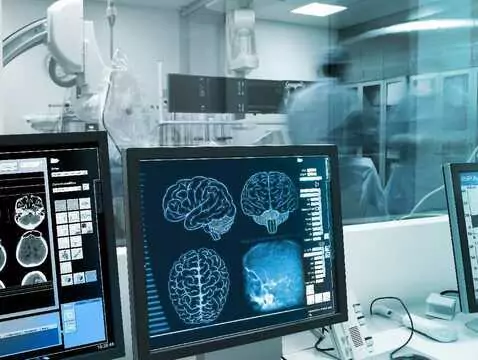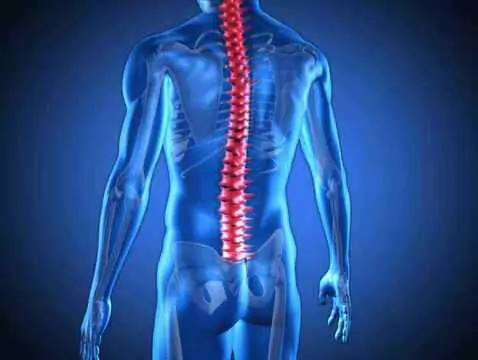The amygdala is a structure of our brain linked to the processing of emotional information, which is in correlation with fear conditioning and learning through reward. What's more, a link has been detected between the functioning, and in fact the malfunctioning, of the amygdala and mental illnesses. The current state of medical knowledge, however, is not extensive enough to clearly and concretely define both the structure of the amygdala and its connections with other parts of the brain.
Ad:









